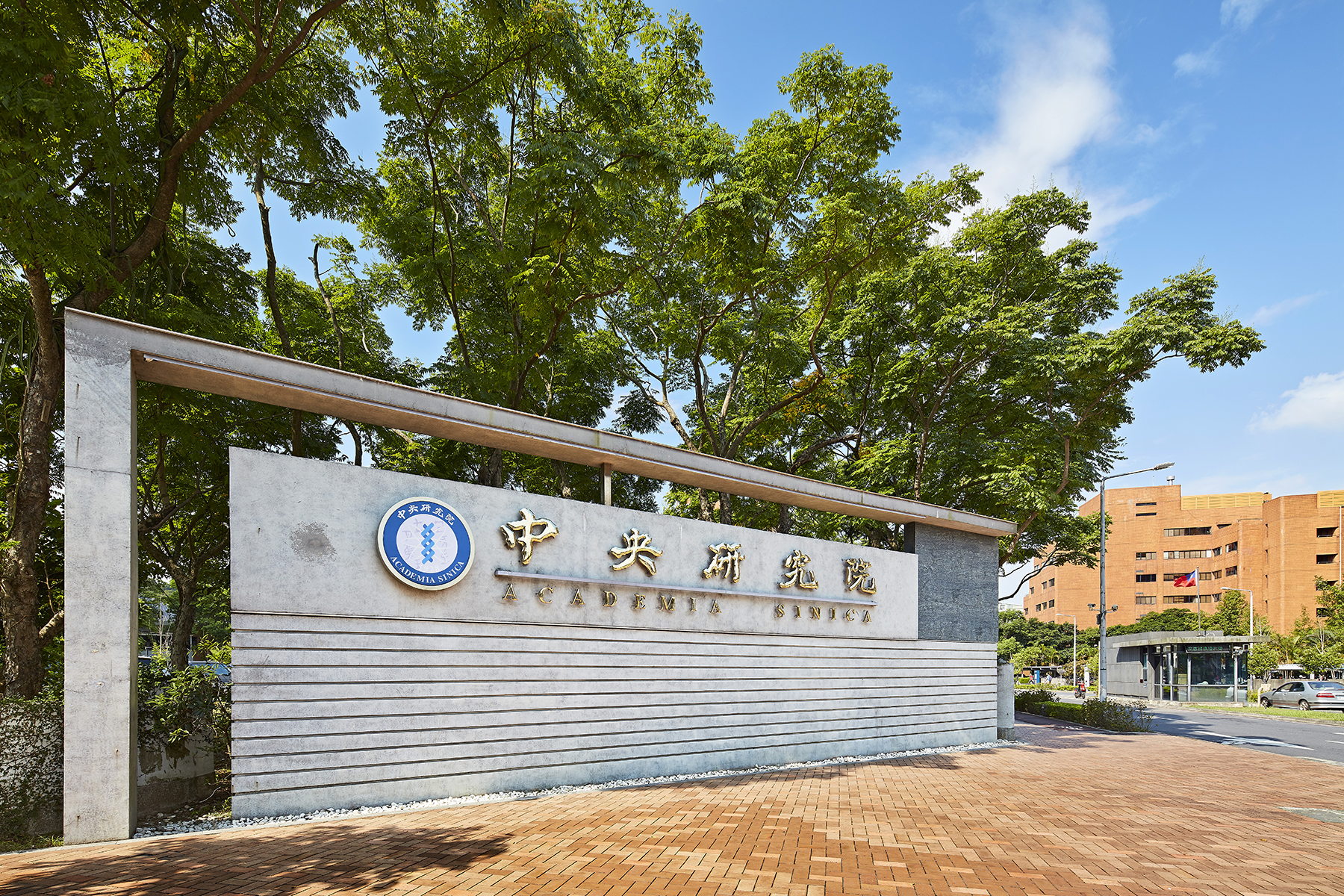Date: 2022-05-23
Dr. Shang-Te Danny Hsu at the Institute of Biological Chemistry reported the molecular basis of the nuclear import of an important oncogene suppressor, BAP1, which is governed by an atypical nuclear import factor called TNPO1. TNPO1 binding to the atypical nuclear localization signal (NLS) of BAP1, known as the PY-motif, prevents the competing action of an atypical E2/E3 conjugating enzyme, UBE2O, which favors cytosolic retention of BAP1. The study expands our fundamental understanding of BAP1 cancer biology. The article will publish in the Journal of Cell Biology on June 6, 2022.
BRCA1-associated protein 1 (BAP1) is an important tumor suppressor that belongs to the ubiquitin C-terminal hydrolase (UCH) family. BAP1 regulates several key cellular pathways through its ability to remove a small protein tag (ubiquitin) from the target proteins, a function known as deubiquitination (DUB) activity. BAP1 is implicated in transcriptional regulation, chromatin remodeling, cell cycle progression, cell differentiation and cell death, DNA damage response, and DNA repair. All these biological activities take place inside the nucleus. Many mutations in the BAP1 gene are found in malignant mesothelioma, uveal melanoma, and clear cell renal carcinoma. The effects of BAP1 mutations are mostly attributed to the loss of DUB activity, which can also affect its appropriate subcellular localization. Therefore, appropriate BAP1 nuclear localization is regarded as a potential prognostic marker for these malignant cancers.
While clinical and basic research findings clearly indicate the importance of appropriate trafficking of BAP1 between the nucleus and cytoplasm, the molecular mechanism underlying the nuclear import of BAP1 remains unclear. A research team led by Dr. Shang-Te Danny Hsu at the Institute of Biological Chemistry, Academia Sinica, integrated state-of-the-art proteomics, gene editing, live-cell imaging, biophysics and structural biology tools to uncover the molecular mechanism of BAP1 nuclear import. They identified an atypical nuclear import factor called TNPO1 to be the primary nuclear shuttling factor for BAP1. They use the latest synchrotron X-ray crystallography facility at the National Synchrotron Radiation Research Center (NSRRC) in Hsinchu to explain how TNPO1 targets an atypical nuclear localization signal (NLS) of the BAP1 tail to bring BAP1 into the nucleus. TNPO1 binding prevents BAP1 from being tagged with ubiquitin molecular at multiple sites along the atypical NLS by an atypical E2/E3 ubiquitin-conjugated enzyme UBE2O in a tug of war for its nuclear import. This work, which has been published in the Journal of Cell Biology will substantially expand our fundamental understanding of BAP1 cancer biology.
· This research is supported by Academia Sinica and the Ministry of Science and Technology.
· The first author, Tzu-Jing Yang, was a Ph.D. student of the Institute of Biochemical Sciences, National Taiwan University, and is a presently postdoc researcher Dr. Hsu’s Lab.









 Home
Home